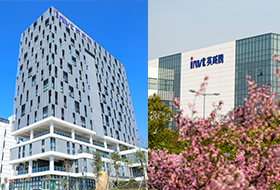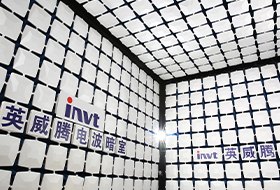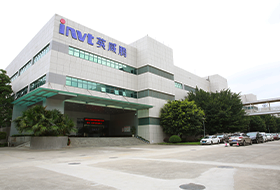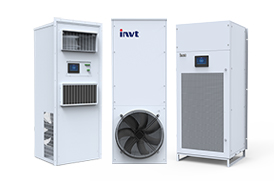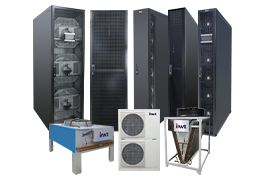How to take a Modular Approach to solving data center market challenges
Data centers are now widely used to provide services in most areas of people's work and life. This is certainly an area where data center operators are facing increasing regulatory pressure from governments around the world.
Data centers need to address these and other challenges to remain competitive and meet sustainability goals while still delivering the flexibility, scalability, and service quality that customers expect. The solution may therefore lie in adopting a modular approach to designing, building, and operating data centers.
supply chain disruption
A period of growth means that data center operations in all regions require the same resources, which affects the supply of raw materials and finished products. However, the impact of the global COVID-19 crisis, followed by events in Eastern Europe, will only further disrupt these supply chains - especially semiconductors and base metals that are critical to data center construction. With no end in sight to the current political situation, supply chain disruptions look set to continue for the foreseeable future.
Advantages of modular data centers
Industrialization or modularization of data centers, in which prefabricated, pre-engineered, and pre-integrated units are delivered to the site, is a flexible, scalable approach to data center construction that enables data center operators to reduce cost, complexity, and construction time while increasing capacity.
Modular data centers are essentially a “plug and play” solution, pre-fabricated by experienced suppliers, and therefore do not require qualified engineers to make repeated trips to the site. Designed to provide sufficient capacity for the required IT computing equipment, each modular unit accommodates electrical, cooling, control, and security requirements to provide an integrated system.
Its benefits are manifold. For example, the ability to use prefabrication, integration, and off-site testing allows data center operators to take a parallel approach to construction, reducing the need to distribute materials and labor across multiple sites. Not only is this crucial in the current situation of supply chain disruption, but it also helps improve materials and personnel efficiency and environmental responsibility.
sustainable solutions
Today’s modular data centers can offer greater energy efficiency than traditional purpose-built data centers and enable more advanced, sustainable solutions to be built from the start.
Typically used to provide emergency power during a power outage, grid-interactive uninterruptible power supplies (UPS) allow the data center's backup power system to provide auxiliary power services to the grid when needed.
By giving data centers complete control over their energy, such solutions allow operators to choose how much capacity to provide and when. It also means they can choose their prices, allowing them to contribute to renewable energy while generating revenue.
Additionally, the effective use of sophisticated DCIM software can help data center operators measure, monitor, and model their power and energy performance to ensure little or no waste.
Looking to the future
Today’s businesses operate in the digital economy. As a result, the need for facilities that house computing, storage, and related supporting digital infrastructure is growing dramatically, with a widespread need for a faster, more resilient, more secure, and more cost-effective way to house digital devices and data.
A modular approach reduces the cost and complexity of data center design, construction, and coordination. In doing so, it solves many of the challenges faced by today's data center operators - from environmental concerns to supply chain disruptions, from scaling beyond traditional clusters to faster time to market and higher return on investment.
There will always be a place for traditional approaches, but when it comes to delivering expert systems engineering, quality, flexibility, scalability, security, and sustainability, modularity is a viable option for the future of data center construction and brings many advantages.

 networkpowersales@invt.com.cn
networkpowersales@invt.com.cn
